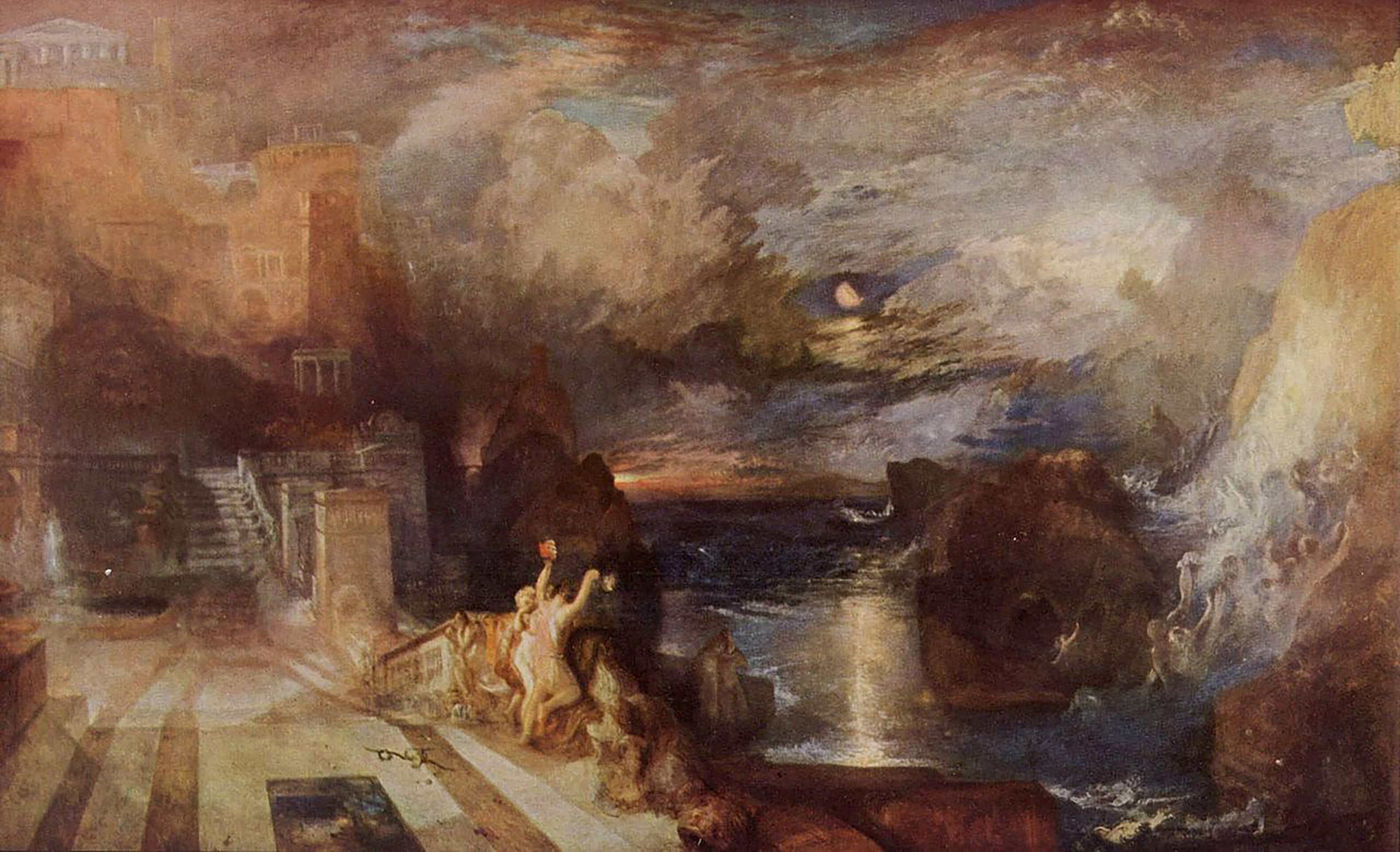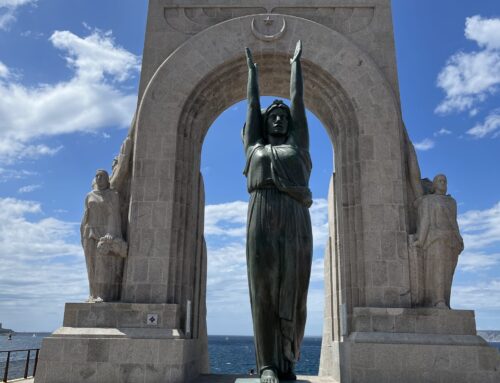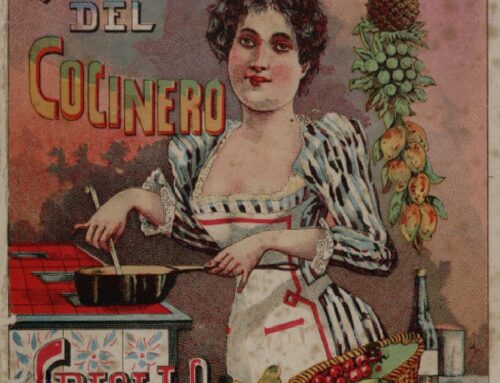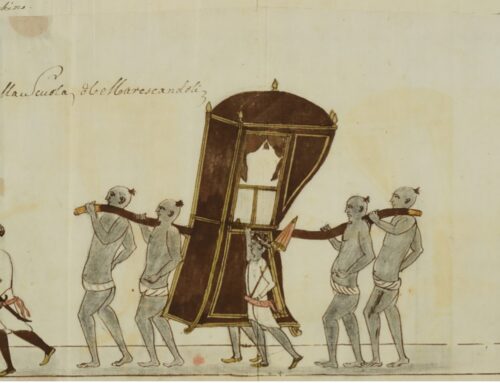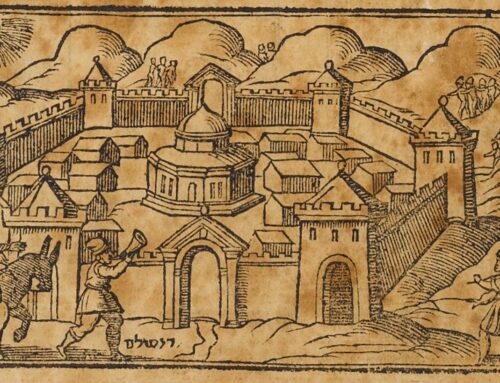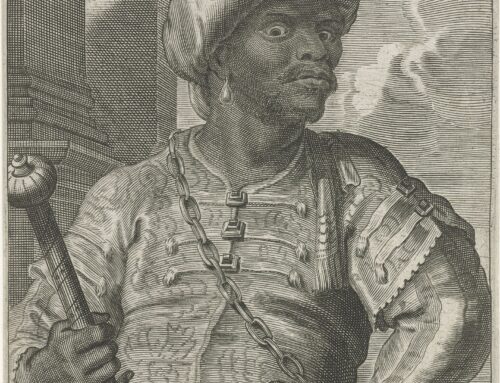Wild dashed the Hellespont its straited surge,
And on the raised spray appeared Leander’s fall.
These were the last two lines of the seven that, at the exhibition of the Royal Academy of London, 1837, accompanied Turner’s The Parting of Hero and Leander. (Figure.1) The first five lines described the imminent morning and the fading night, Love and Hymen, the “terraced steep”, all the “tokens of departure” depicted in the borders of the painting. The conclusive verses focused on its central elements: the rough sea, the coming storm, the premonition of death.
The myth of Hero and Leander is the Greek archetype of a story of forbidden love and death, many times retold, in which one of the protagonists, one could argue from Turner’s verbal/visual interpretation, is the sea. The sea, in fact, stands out in Turner’s painting, being the focal point of the viewer’s perspective; in the written comment, it appears with its specific name (in Greek) and its metaphoric value as Leander’s lethal obstacle is explicitly revealed.
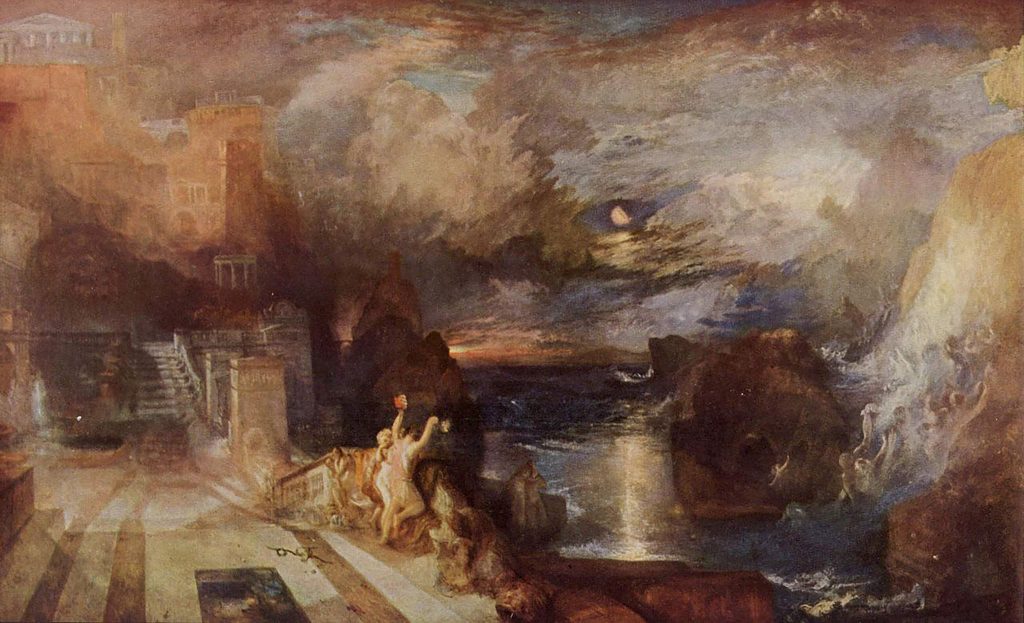
Figure 1: Joseph Mallord William Turner, The Parting of Leander and Hero, c.1837.
The expanse of water that Leander prepares to face, in the moment of the plot “shot” by Turner, is the Dardanelles Strait. Together with the Bosphorus, it divides and connects the two sides of Turkey, the European and the Asian, the Aegean Sea and the Black Sea: it is a water gateway between Europe and Asia, the West and the East. It encircles a specific point in the Mediterranean, located at its extreme East; but however narrow it can seem compared to the wide Mare nostrum, the myths, the aetiology, and the historical episodes (and also the humanitarian tragedies linked to it in our collective imaginary) confer on it a powerful symbolic value. We will see that, in the story of Hero and Leander, this specific point of the sea, which functions narratively as the hero’s antagonist, reveals deep meanings regarding important aspects of our contemporaneity: gender, migration, cultural prejudices.
The very Greek name of the Strait, Hellespont (Helle’s sea), recalls the tragic story of a girl, Helle, who drowned there while she was crossing the sea channel with her brother Phrixus, riding a ram with a golden fleece. Why were Helle and Phrixus on a ram with a golden fleece over the sea? They were trying to escape the death that loomed over them in their homeland: they were trying to reach a foreign kingdom where they could seek asylum. Their mother made them leave, even though this meant that she would never see them again. Indeed, Helle drowned; but Phrixus succeeded: he arrived at Colchis, and married the king’s daughter.
Linked as it is to the very name of the Strait, this story of migration is a founding one for the Mediterranean identity – the Mediterranean being the stage of many myths of people in danger seeking to flee their homeland and build a new life in another place: two for all, Dido fleeing Tyre, Aeneas fleeing Troy.
Going back to Hero and Leander, in the vulgata, theirs is perceived mainly as a tragic love story, with few further implications. Accordingly, several visual art pieces that have have dealt with this successful subject, have focused on the characters rather than on the setting. In Rubens’ interpretation, for instance, the sense of tragic is conveyed by the human figures, that occupy the most of the painting and capture the viewer’s attention with their plastic poses of agony (Fig.2).
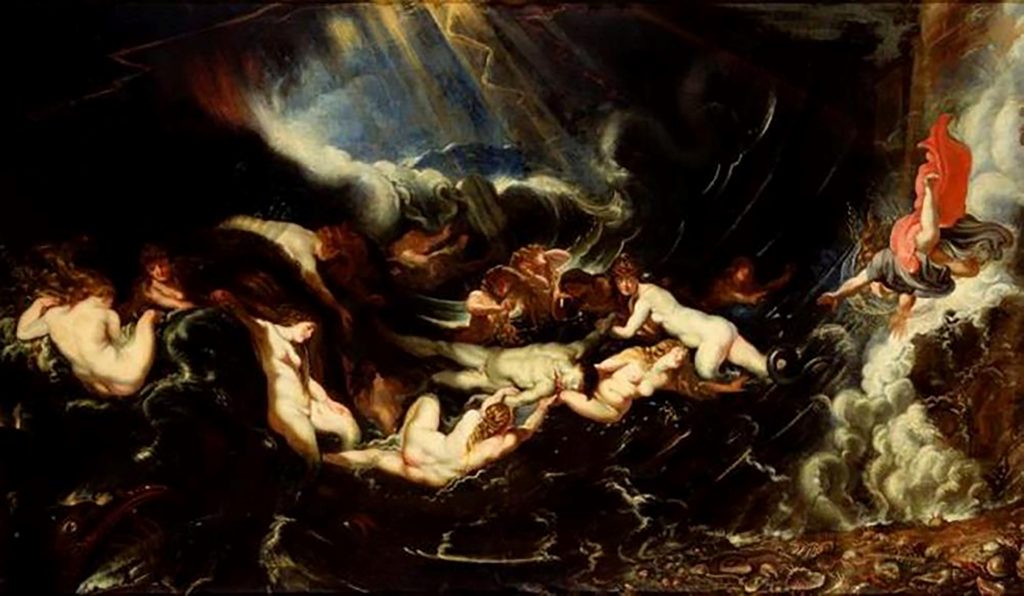
Figure 2. Peter Paul Rubens, ‘Hero and Leander’, c.1605.
In Turner, instead, the proportions being reversed, there is a meaningful hermeneutical shift. In Rubens, the sea appears as the frame, the stage of a specific mythological story; in Turner – standing out at the centre of the canvas, intertwined as it is with the stormy sky, while the human figures appear marginal, almost as a decorative element – the sea grows bigger, detaches itself from the specific story of Hero and Leander, attracts all the emblematic value of the premonition of death, and finally becomes a universal symbol.
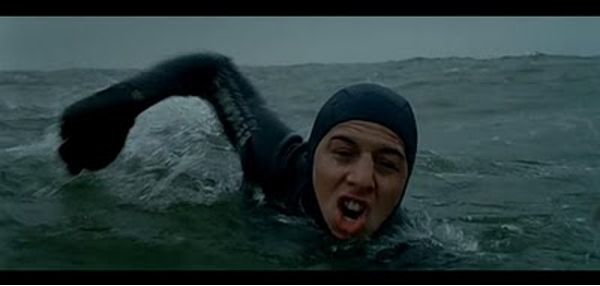
Figure 3. Still from Welcome, dir. Philippe Lioret, 2009.
The same great symbolic importance is attributed to the sea in a 2009 cinematic reinterpretation, Philippe Lioret’s Welcome, which moves the setting from the ancient centre of migrations, the Mediterranean, to one of the numerous contemporary scenes of displacement, the English Channel. In this film, love appears as an individual motive of migration, but is also intertwined with other motives that lie behind the large-scale movements of people: war, famine, poverty, persecutions, diaspora. Moreover, the separation between the two lovers in the film is symbolized by the rough waters of the English Channel, but is actually caused by geo-political situations (the surreptitious difference between clandestine and legal migration) and by the backward mentality that allows economic and familial interests to overcome women’s right to self-determination. (Fig. 3)
The death of Bilal, the male protagonist, can be seen as the result of his hybris. Bilal is a seventeen-year-old boy with no friends, no country, no means at all, not even an identity or papers bearing witness to his right to be alive. Nevertheless, to reach the girl he loves, he tries to fight the established order: her father’s economic interests (for which he marries his seventeen-year-old daughter off to a much older man), the French and British police, the dangerous jungle of clandestine migration; ultimately the entire world’s rules. All this is symbolized by a powerful image that appears in the film as a visual leitmotif: the dark and deep waters of the English Channel, overhung by dense clouds full of rain: water below, water above, death threatened all around. Nevertheless, Bilal tries to swim across the Channel. In the Greek myth, Leander had a guide in the night: a torch, that Hero would light every night to show him the way. In the French film, Bilal, who crosses in a darkness caused not by the night but by the Northern fog, and not regularly but only once, also sees a light. It’s not Mina’s light, though, but the British Coast Guard, who suddenly appear in the fog, and try to rescue him. Bilal does not know what to think when he sees this light, but has to make up his mind in seconds and decide whether or not to entrust his life to them. Clearly, he has been exposed for too long to society’ dehumanizing behaviour towards so-called illegal migrants. So, he instinctively thinks that the Coast Guard will harm him, and ends up making the wrong choice, which proves to be a lethal one: he turns around, and disappears down the Channel.
Clearly, Lioret uses the classical paradigm to address burning issues in our world and to engage in public discourse. In Ovid’s epistolary archetype of the myth, instead, the intention seems at first glance quite the opposite: great emphasis is placed on the exploration of the two protagonists’ inner thoughts and emotions conveyed through the powerful means of the letter exchange – Ovid is a virtuoso of female introspection, and his Heroides are a masterpiece in the evolution of the narrative techniques connected to gendered voices. In fact, the emotional exploration and the allegorical interpretation are the main points of interest of this story, whose plot is indeed very simple: two teenagers, separated by the Hellespont, have a forbidden love affair (Hero is Venus’ priestess), so their only way to meet is swimming across the sea. Eventually, this challenge to nature and religion leads them to their deaths.
However, social and gender issues, while not being Ovid’s main target, do concern the Augustan poet, who explicitly addresses the reciprocal stereotypes that different cultures project on each other, and engages in a gendered discourse related to love and agency.
To begin with, in listing the reasons why her union with Leander must be kept secret, Hero includes the prejudices that the refined inhabitants of Abydos might have against a girl from Thrace – seen by Greek culture as a barbarian land: “Sometimes I fear that my homeland could be a disadvantage, and that I shall be judged unworthy of a union with a inhabitant of Abydos” (Her xix, 99-100). So, the mention of cultural prejudices is explicit in Ovid’s words.
Moreover, among the many mythological stories of death in the sea that Ovid alludes to in Hero’s and Leander’s letters, some are based on displacement, social and gender injustice related to migration. Far from being merely ornamental, these side-stories are a hermeneutical tool offered to the reader. Let’s list just a few of them.
In Leander’s letter (Her xviii, 155-158), Ovid recalls the journey of the Argonauts, the Greek heroes who arrived in the Eastern regions of Colchos – connected to Phrixus’ and Helle’s story. In this passage, where love and wandering are combined (156), the geographical setting is described as exotic and extreme, marking a distance and a separation between Greece and the East (156). Besides, mentioning the Argonauts automatically leads, in the Mediterranean collective imaginary as well as in Ovid’s mythographic encyclopaedia, to Jason and Medea’s story, whose connection to migration and gender issues is a major scholarly topic.
Another relevant quotation from Leander’s letter is the one regarding the rape and abduction of Orithyia, daughter of the king of Athens, by Boreas, the god of the North wind, who brought her to Thrace and married her (40-42). Addressing the god directly, Leander highlights precisely the fact that he, a Thracian, had fallen for a Greek woman, to the point of marrying and building a family with her (whereas in most cases stories of this kind end up with the rape of the girl or a metamorphosis). This mythological link between Greece and the extreme East is so strong to be also associated, in the Greek tradition, with the favourable winds that helped the Greeks during the Persian conflicts, and which eventually led to the rise of a cult for Boreas.
However, the most meaningful connection to secondary stories appears to be Phrixus’ and Helle’s episode, whose strong symbolic value we already recalled, and that is not just mentioned, but also elaborated on by Ovid. Leander mentions it (Her xviii 117, 137-142) just as a premonition of his own drowning; but, in Hero’s words, it is significantly connected to a combination of gender and displacement issues (Her xix 161-169). It is not unworthy to remark that, in an epistolary dialogue between a man and a woman involved in a love relationship – a privileged context in which gender-roles as well as intellectual and emotional meanings are constructed and negotiated – it is the female voice which explicitly addresses these issues.
If one compares the two lovers’ accounts, it appears that the boy is focused on his own actions that have the power to modify events: his decision to face the waves or wait for a calmer sea is in fact the turning point of the plot. The female part, instead, cannot take action at all. She can only sit at the loom, feminea ars (37-38), wonder and imagine what he might be doing meanwhile (39-54). She lives not directly, but through her lover’s life and actions; she is well aware that he is the only one who can act, but on his actions and decisions depend the destinies of both: “It’s him the one who swims, but his body and my hope depend on the same waters” (149-150).
Eventually, Hero imagines overcoming these rigid gender separations, and being the one to swim across, taking full responsibility for the relationship: “Often I am tempted to swim myself across the waves” (161). A few lines below, she imagines a shared responsibility: “Or, let us leave each from his own coast, meet in the middle of the sea, kiss over the water, and then return each to his own city” (167-169). Both hypotheses are connected to anti-canonical characterizations of male and female bodies, nature, and potentialities. In fact, Hero is afraid that Leander might not have enough time and strength to go back and forth from Abydos to Sestos: “Perhaps you fear the time not be sufficient to go back, or you do not want to undertake a double effort” (165-166). In depicting this image, implying that a young man might not be strong enough and that a girl could substitute or help him, Hero contradicts the stereotype, supported by common etymologies in the classical era, that the vir (“man”) is characterized by virtus (“strength”) and the mulier (“woman”) by mollities (“weakness”); a stereotype that she herself had used as an argument to convey that her suffering was worse than his: “We burn with the same fire, but I am not as strong as you: […] men have a stronger nature. In tender girls, the mind is weak as is the body” (5-7).
Thus, on one hand, Hero is influenced by gender stereotypes, but on the other she is fascinated by the idea of going beyond the limits assigned to women by culture. For a few lines, she wonders whether this fascinating challenge should be attempted or not. If we consider just the literal meaning, we might perhaps think that Hero is just wondering whether or not to take a swim to reach her beloved. But if we consider the sea in general and the Dardanelles in particular as a concretion of symbols, as seen above, then Hero’s temptation to take Leander’s place, in leading their relationship and in taking an action that can influence the facts, and the destinies of both, assumes a more revolutionary significance.
Equally significant is the decision taken by the girl about whether or not to give in to this temptation. Hero speaks her mind in writing to Leander, she shares with him her wondering. However, she does not need to wait for his reply, as she can find the solution herself. As we, nowadays, might browse the internet to gather information and then make a sensible decision, she resorts to the means and guides of her time and culture: she mentally recalls the myths that could be relevant to her situation – that is to say the patrimony of common knowledge that guided human communities in pre-science societies. And she finds, so close to her geographically and situationally, the story of a boy and a girl challenging the sea: Phrixus and Helle riding the ram over the Hellespont. In this story, she immediately spots the gendered monition that answers her specific doubt, and suggests to her that she should be a good girl and stay home – to be an object and not a subject of erotic desire. The patriarchal tradition of Hero’s culture, ça va sans dire, forbids and sanctions women’s challenges more than men’s, as the story of Phrixus and Helle clearly show to our doubting woman: “But this channel is usually safer for men. In fact, if both Phrixus and his sister crossed it, why it is named only after her?” (162-164).
Acknowledgments
This publication is part of the research project Women Thinking Love. A Gendered History of Emotions in Renaissance and Post-Tridentine Italy (1500-1650). This project has received funding from the European Union’s Horizon 2020 research and innovation programme under the Marie Skłodowska-Curie Grant Agreement no 101024624.
Bibliography
Martin Butlin, Evelyn Joll, The Paintings of J. M. W. Turner, 2 vols., New Haven, Yale University Press, 1984, vol. Texts, p. 221
Michael Charlesworth, Landscape and Vision in Nineteenth-Century Britain and France, Aldershot, Burlington-Ashgate, 2008, in particular ch. 2
Pierre Chuvin, Contacts au fil des siècles entre les littératures grecque, iranienne et turciques, in Alexander’s Legacy in the East. Studies in Honor of Paul Bernard, Bulletin of the Asia Institute, vol. 12, 1998, pp. 31-44
Amy Golhany, Rubens’ “Hero and Leander” and its Poetic Progeny, Yale University Art Gallery Bulletin, 1990, pp. 20-37
James A. W. Heffernan, Cultivating Picturacy. Visual Art and Verbal Interventions, Waco, Baylor University Press, 2006, pp. 137-139
Robert L. Fowler, Early Greek Mythography, II. Commentary, Oxford University Press, 2013, p. 460
Benjamin Isaac, The invention of Racism in Classical Antiquity, Princeton University Press, 2004
Sara H. Lindheim, Mail and female. Epistolary narrative and desire in Ovid’s Heroides, Madison, The University of Wisconsin press, 2003
Brian O. Murdoch, The Reception of the Legend of Hero and Leander, Leiden-Boston, Brill, 2019
Domenico Accorinti, Cave Amorem: letture allegoriche e morali del mito di Ero e Leandro, in Le voyage des légendes. Hommages à Pierre Chuvin, edited by Michel Tardieu and Delphine Lauritzen, Paris, CNRS Éditions, 2013, pp. 383-401
Helen Morales, Gender and Identity in Musaeus’ Hero and Leander, in Constructing Identities in Late Antiquity, edited by Richard Miles, London-New York, Routledge, 1999, pp. 41-69
Demetra Kasimis, Medea the Refugee, «The Review of Politics», 82/3, 2020, pp. 393-415
Aneta Georgievska-Shine, Horror and Pity. Some Thoughts on the Sense of the Tragic in Rubens’ “Hero and Leander” and “The Fall of Phaeton”, Marburger Jahrbuch für Kunstwissenschaft, 2003, 30, pp. 217-228
Despoina Tsiafakis, The Allure and Repulsion of Thracians in the Art of Classical Athens, in Not the Classical Ideal: Athens and the Construction of the Other in Greek Art, edited by Beth Cohen, Leiden-Boston-Köln, Brill, 2000, pp. 364-389


